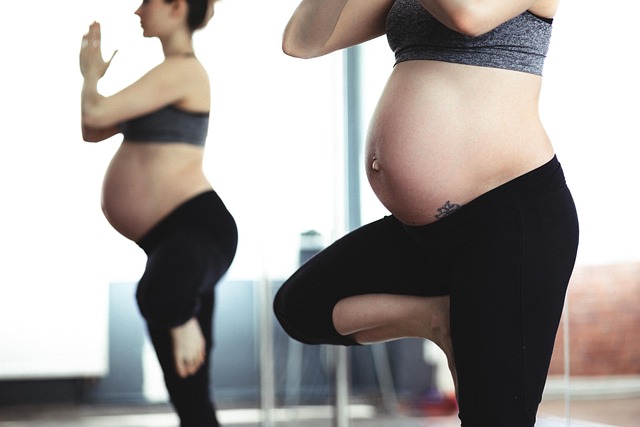As a transracial adoptive family, my child and I often attract a bit more attention than your typical mom-and-baby pair. Perhaps it’s because she’s irresistibly cute (which she totally is) or maybe because I’m some undiscovered supermodel in disguise (though my selfies suggest otherwise).
Most of the attention we receive is warm and friendly. My daughter is a cheerful little one—usually quiet or giggling. I know I’m risking jinxing myself here, but she rarely has a public meltdown as long as she’s well-fed and rested. For a toddler, that’s pretty remarkable, and I can only imagine the day I’m hauling her out of a store like a wailing sack of potatoes.
I appreciate the compliments. Who doesn’t like hearing their kid is awesome? However, there are other kinds of comments and questions that I could definitely do without. My daughter is black, while I’m what I like to call “aggressively Caucasian” with fair skin and blue eyes. My husband is even paler than I am, practically glowing in direct sunlight.
It’s obvious to anyone observing us that this child didn’t just materialize from my body. Yes, she was adopted at birth. Yes, raising a child of a different race—especially a black child in America—comes with unique considerations and challenges we wouldn’t have faced if we had adopted a child who looked more like us. We’re aware of that. We’ve read books, taken online courses, and talked to friends who have also adopted transracially. We put serious thought into our agency’s questionnaire regarding the races we were open to.
I get that people are curious. Some genuinely want to learn more about adoption as a way to expand their own families or may have personal ties to the adoption experience. These individuals tend to be polite, asking brief questions like what agency we used or what a home study involves before complimenting my daughter and moving along. I’m grateful for those interactions, and I do my best to respond graciously, even on my most frazzled days.
The trouble arises with another type of person, often indistinguishable from the first until it’s too late. These are the ones who pry into my daughter’s birth mother’s age or make awful assumptions about her life. They feign curiosity but are often just seeking a narrative that reinforces their own biases. Their agenda seems rooted in a desire to feel superior, and that’s not something I have time for. I am not here to serve as a one-woman racial tolerance or adoption education committee. I don’t owe you my backstory, my daughter’s story, or any details about our family dynamics. I don’t owe you anything.
Some adoptive parents believe that being an adoptive parent means acting as an ambassador for adoption and answering every question with a sunny disposition. I respect that approach, but it’s not for me. For us, adoption was merely the path we chose to create our family. People make choices about family building all the time—whether it’s through vasectomies, fertility treatments, or other means. The only distinction is that their choices aren’t always visible.
Would anyone dare approach a mom with kids close in age to ask why they weren’t spaced further apart? Probably not. So why is it acceptable to probe into the lives of those who have adopted? It shouldn’t be.
I’m not asking for much; I just want to shop peacefully for groceries, contemplate the rising costs of avocados, and get distracted by cute clothes at the store. I want to push my daughter on the swing at the park, just like any other parent. We’re a normal family, and we deserve to be treated as such.
If you’re interested in family-building options, check out this excellent resource on pregnancy and home insemination or read about our home insemination kit to learn more.
In conclusion, it’s essential to respect everyone’s family journey, regardless of how it looks on the outside.
Keyphrase: Transracial family adoption
Tags: [“home insemination kit”, “home insemination syringe”, “self insemination”]
